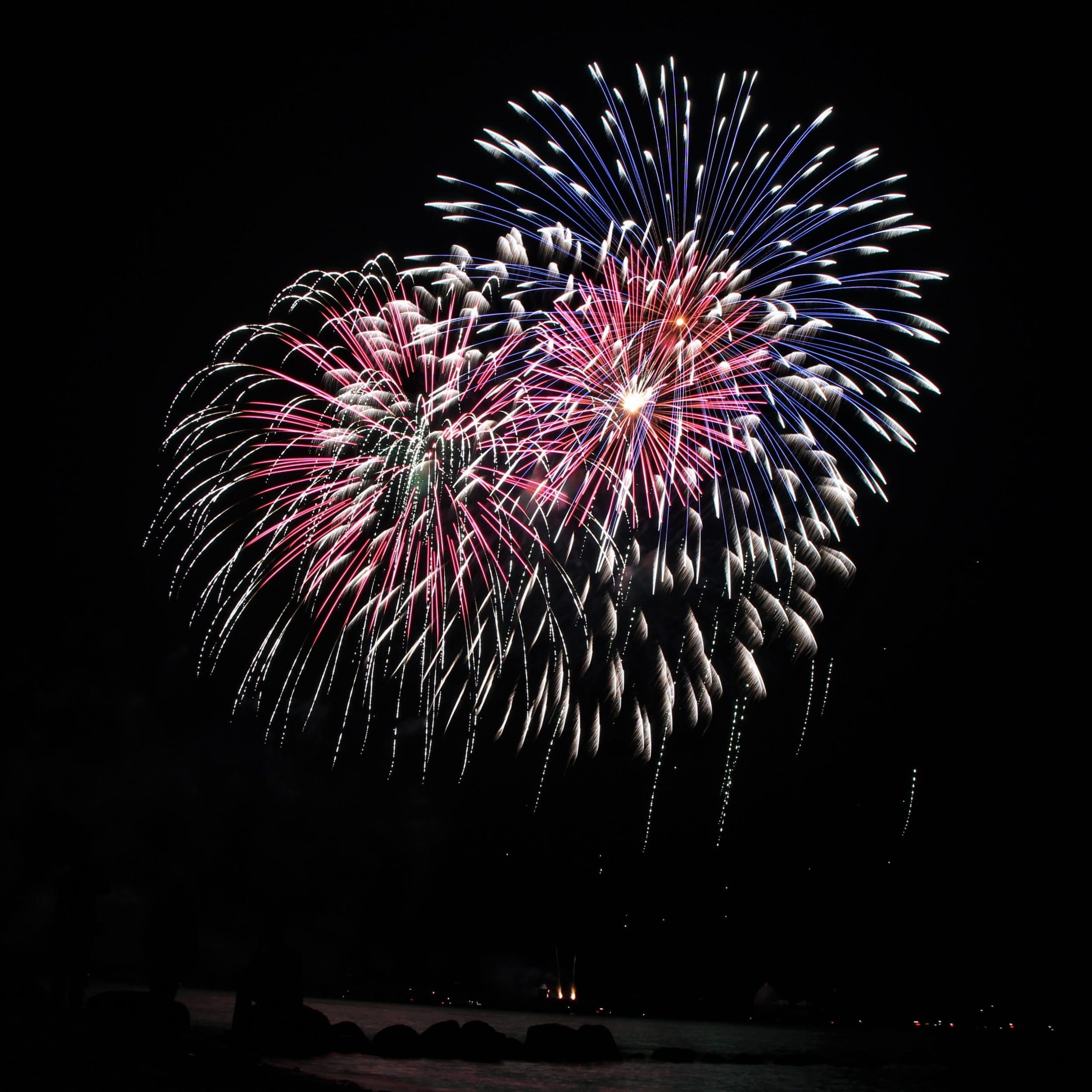As we’re heading into the Fourth of July weekend and fireworks are sure to be lighting up the skies all across the nation, here are 8 things you didn’t know about fireworks.
1. The first “firework show” was just a series of small, colorless, and loud explosions.
Around 800 AD, gunpowder was poured into paper and bamboo tubes then thrown into a fire. These fireworks were originally used to scare evil spirits, but they were also used to celebrate weddings and new births.
2. Queen Elizabeth I enjoyed fireworks so much that she created the title “Fire Master of England.”
This title was so highly coveted that it inspired other English people to perfect firework crafting. This increased the popularity of fireworks in England for years to come. Later, King James II even knighted his Fire Master.

3. One of John Adams’ letters to his wife is the reason why we celebrate with fireworks.
Before the 1776 signing of the Declaration of Independence, Adams wrote to his wife Abigail, stating that the Fourth of July “ought to be solemnized with pomp and parade, with [shows], games, sports, guns, bells, bonfires, and illuminations from one end of this continent to the other from this time forward, forevermore.”
4. During the Fourth of July, Americans light around 175 million pounds of fireworks.
Additionally, this amount is spread across around 14,000 firework shows. That’s the equivalent of about 100,000 lightning bolts throughout the country.
5. Three sparklers burning together generate the same amount of heat as a blowtorch.
Sparks can be at a temperature from 1800℉ to 3000℉. To put that into perspective, cast iron melts at 2200℉. Remember to have a source of water nearby, just in case those sparklers develop a mind of their own!
6. Blue is the hardest color to produce.
Firework colors are created by burning metal compounds, but there’s a certain range of temperatures that colors can be made at. Pyrotechnicians, the masterminds behind firework functions, have yet to find the perfect temperature to burn the sensitive copper gas compound to create the truest blue. According to John Conkling, technical director of the American Pyrotechnics Association, if the temperature is too high, then the blue will seem to fade out. On the other hand, if the temperature is too low, then the blue won’t appear at all.
7. Currently, there’s a firework shortage.
Due to the pandemic, suppliers have been struggling to keep up with the demand for seasonal products such as fireworks. Production, shipping, and most sales costs have risen to make up for the past year’s economic struggles, both in the United States and overseas.
8. According to the U.S. Consumer Product Safety Commission’s 2019 firework report, “the estimated rate of fireworks-related, emergency department-treated injuries in the United States is 3.1 per 100,000 individuals.”
Though that number may seem small, fireworks can still be dangerous! Here are some safety tips from the CPSC for the upcoming festivities.
As always, look out for your veteran neighbors and animal friends before you try out backyard firework shows. This Fourth of July, consider attending one of many professionally organized firework displays near you and entertain your party with some fun facts from this list.